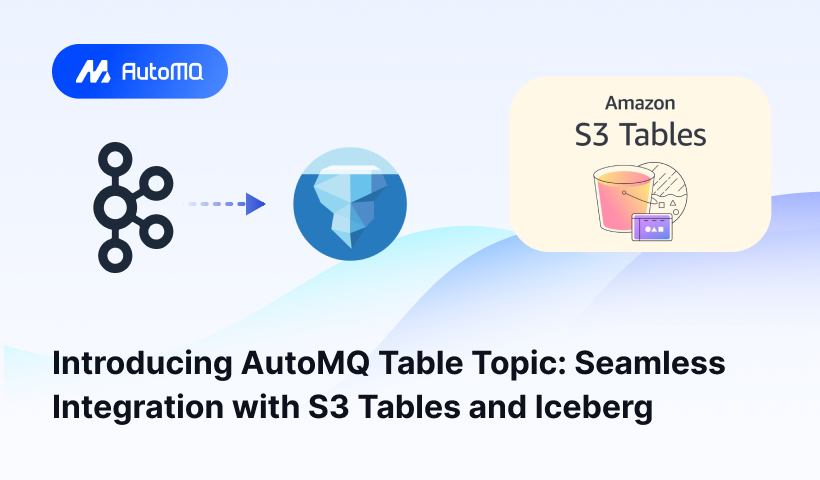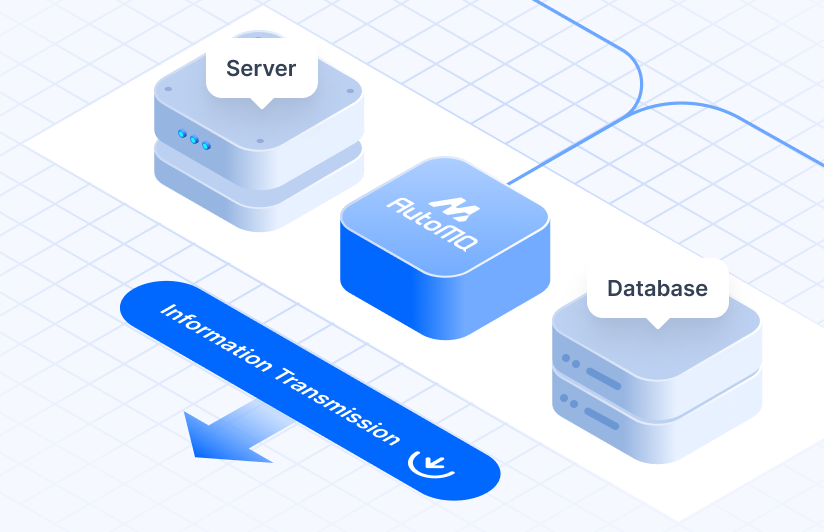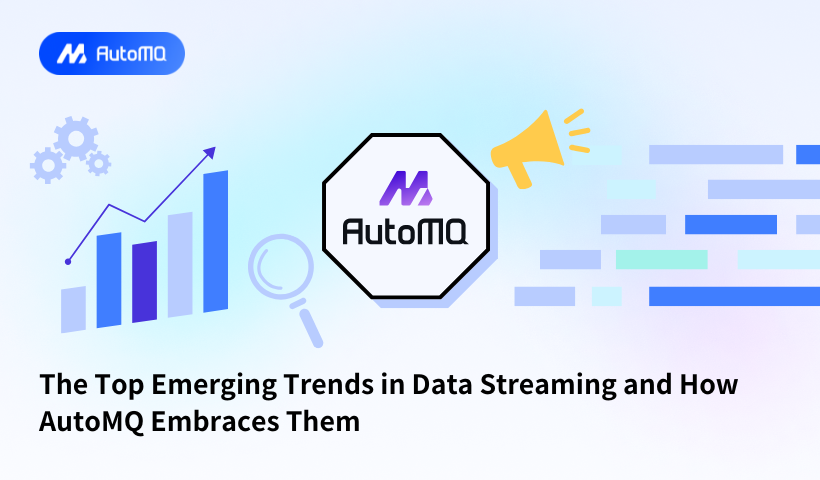Several key trends are shaping the data streaming landscape in 2025, including AI-powered stream processing, enhanced privacy and security measures, the rise of edge computing and distributed streaming, and the increasing adoption of cloud-native architectures. AutoMQ is well-positioned to address these trends with its cloud-native approach and innovative features.
Top 5 Emerging Trends in Data Streaming
AI-Powered Stream Processing
The integration of AI into data streaming frameworks is revolutionizing data pipelines through dynamic optimization of data flow, prioritization of critical events, and automated anomaly detection. AutoMQ envisions a future where data effortlessly streams into data lakes, unlocking the potential of real-time generative AI, enhancing the utility of big data, and leading to more comprehensive analyses and insights.
Privacy and Security Enhancements:
Emerging privacy regulations like GDPR and CCPA are driving innovations in secure data streaming, including techniques like homomorphic encryption and secure multi-party computation that allow real-time analysis of encrypted data, protecting sensitive information. Further advancements focus on scalable and efficient privacy-preserving streaming solutions through data anonymization, tokenization, and differential privacy mechanisms.
Edge Computing and Distributed Streaming
Edge computing processes data closer to its source, reducing latency and enabling real-time applications in areas like autonomous vehicles and smart cities. Distributed stream processing frameworks are evolving to integrate seamlessly with edge-to-cloud pipelines, unlocking new possibilities for real-time analytics and automation through the fusion of edge and cloud computing.
BYOC (Bring Your Own Cloud) Solutions
Emerging solutions like WarpStream and Redpanda are catering to organizations with strict compliance needs by allowing them to maintain control over their cloud environments while leveraging powerful streaming capabilities. Similarly, AutoMQ also offers a BYOC mode, which enables organizations to use their own cloud resources to deploy and manage AutoMQ services. In this mode, AutoMQ ensures user independence and security by leveraging the existing cloud infrastructure and maximizing the utilization of users' existing cloud vendor discounts and resource systems. This approach allows organizations to maintain full control over their data and cloud environments while benefiting from AutoMQ's advanced messaging and streaming capabilities.
Cloud-Native Architecture
AutoMQ is designed as a cloud-native replacement for Apache Kafka, meeting the evolving demands of modern data architectures. AutoMQ is cloud-native, supports multi-cloud environments, and is designed to transition from a traditional shared-storage model to a dynamic shared-data approach by integrating stream data into data lakes. AutoMQ decouples durability to cloud storage, transforming the Apache Kafka broker from a Shared-Nothing architecture to a Shared-Storage architecture, making the Broker stateless. This reduces the complexity of managing the system and allows for deployment using cost-effective Spot instances, enhancing cost-efficiency. AutoMQ automates various aspects such as auto-scaling and auto-balancing of traffic.
Conclusion
In 2025, the data streaming landscape is evolving rapidly, driven by key trends such as AI-powered processing, enhanced privacy and security, edge computing, and cloud-native architectures. These trends demand solutions that can deliver efficiency, scalability, and compliance while empowering organizations to maintain control over their data and infrastructure.
AutoMQ addresses these needs with its innovative, cloud-native approach. By offering AI-driven optimizations, robust security features, edge computing capabilities, and a flexible BYOC mode, AutoMQ provides a comprehensive solution that aligns with modern data streaming requirements. Its architecture simplifies deployment and enhances cost-efficiency, making it an ideal choice for organizations navigating the complexities of today’s data-driven environment.















.png)






